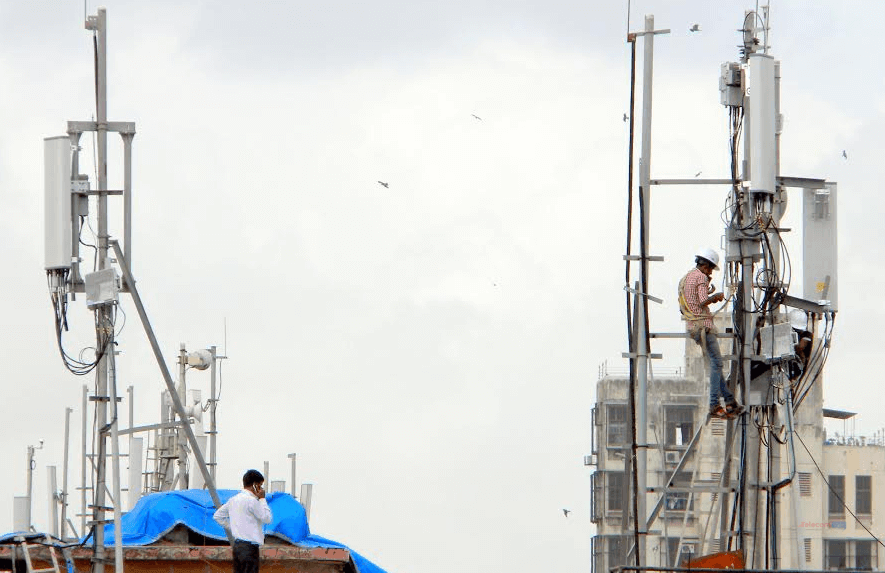In the lead-up to the World Radiocommunication Conference in 2019 (WRC-19), Global System for Mobile communications Association (GSMA) called the Governments to collaborate on 5G. GSMA has released a paper “5G spectrum position” highlighting the various aspects of 5G services.
“Although the mobile industry, academic institutions and international standards-making bodies are developing the technologies central to 5G, success will depend heavily on affordable access to the necessary amount of spectrum,” said John Giusti, Chief Regulatory Officer, GSMA.
“It is essential that sufficient new mobile spectrum is made available – and that operators are allowed to repurpose existing spectrum for 5G when required. Governments are central to the WRC-19 process to identify harmonized spectrum for 5G and incentivize the necessary network investment,” Giusti added.
The deployment of 5G will create a ‘hyper-connected’ society, according to GSMA. This means that it will support a varying need of diverse set of connections, including the industrial machinery in factories to automated vehicles to on-demand video.

However, 5G will require a large amounts of spectrum that governments and regulators are already looking at significantly higher frequencies than those traditionally used in mobile services.
“The mobile spectrum must be quickly identified within three key frequency ranges – including traditional low-frequency bands – to deliver widespread coverage and support all use cases. The three ranges are Sub-1 GHz, 1-6 GHz and above 6 GHz,” according to GSMA.
The Sub-1 GHz will support widespread coverage across urban, suburban and rural areas and help support Internet of Things (IoT) services. The 1-6 GHz range offers a good mixture of coverage and capacity benefits, including spectrum within the 3.3-3.8 GHz range that is expected to form the basis of many initial 5G services. Above 6 GHz is needed to meet the ultra-high broadband speeds envisioned for 5G; a focus will be on bands above 24 GHz.
Also Read: India to have 280 million 4G connections by 2020, overall base to touch 1 billion: GSMA
GSMA also highlighted the need to adopt national policy measures to encourage long-term heavy investment in 5G networks. WRC-19 will be vital to realize the ultra-high-speed vision for 5G and low-cost devices.















